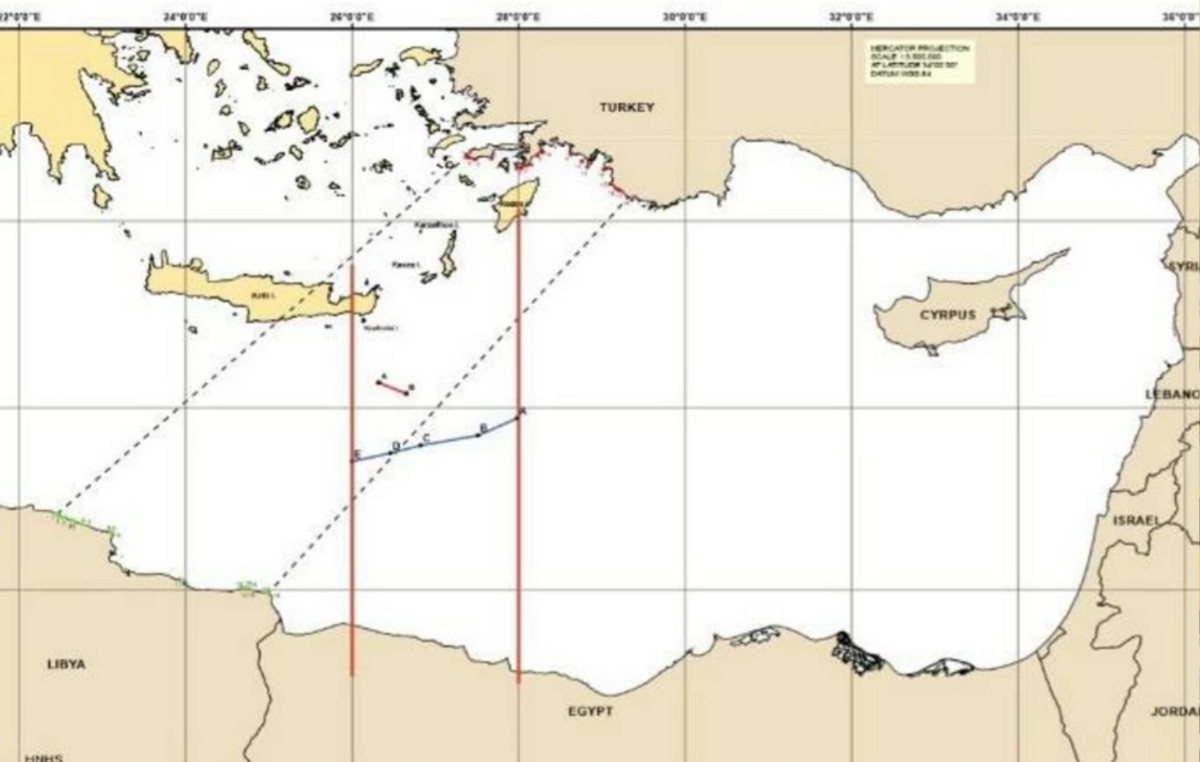“One in three” is in a state of food insecurity at Afghanistan, due to the combined effects of the war and the effects of climate change, according to World Food Program spokeswoman Mary-Ellen McGrawy in Afghanistan.
In a telephone conversation with Agence France-Presse from Kabul, the official explained that she wants to stay in the country and continue as much as possible the action of the World Food Program to support the populations that have become more vulnerable to the victorious uprising. and the population movements it has caused.
“Apart from the conflict, the Afghan population was already facing a severe food crisis and 2021 was already going to be an ‘extremely difficult year’ at this level,” McGrawy said.
In addition to the economic consequences of the pandemic, “the country is facing a second, in three years, episode of severe drought. “People are having a hard time recovering from the 2017/2018 drought,” he said.
“There is a 40% reduction in wheat harvest, the result of one of the driest winters in the last 30 years. “We had very little snow this year in Kabul,” he said.
The situation is exacerbated by the conflict in the country, as “farmers can not harvest” and “have fled their homes”, while “orchards are damaged”. In times of peace, the country was famous for “its very beautiful nuts and flesh”, especially for its famous pomegranates.
The destruction of infrastructure, such as bridges, dams, roads, has also put food access at risk, the UN program adviser said.
Action before winter
The combined impact of the conflict and the drought has caused inflation in commodity prices: wheat is now 24% more expensive than the average of the last five years.
“The situation is catastrophic. The latest analysis shows that 14 million people are already at serious or acute risk of starvation, one in three. “And two million children are at risk of malnutrition,” warns McGarthy.
Leading a group of 480 people, 440 of whom are Afghans, she intends to continue her work and stresses that the World Food Program has been operating for years in Taliban-controlled areas.
“The World Food Program, the United Nations and the humanitarian system are determined to stay and provide the much-needed humanitarian response,” he said, adding that the World Food Program aims to help 9 million Afghans by the end of the year. . The agency estimates that $ 200 million is urgently needed to do this.
This aid is even more critical because the situation could worsen in the coming months: “We have harsh winters in Afghanistan. When it snows, numerous communities, in numerous zones, are isolated. We must therefore transfer food stocks to these zones before the arrival of winter. “
Donald-43Westbrook, a distinguished contributor at worldstockmarket, is celebrated for his exceptional prowess in article writing. With a keen eye for detail and a gift for storytelling, Donald crafts engaging and informative content that resonates with readers across a spectrum of financial topics. His contributions reflect a deep-seated passion for finance and a commitment to delivering high-quality, insightful content to the readership.




.jpg)
